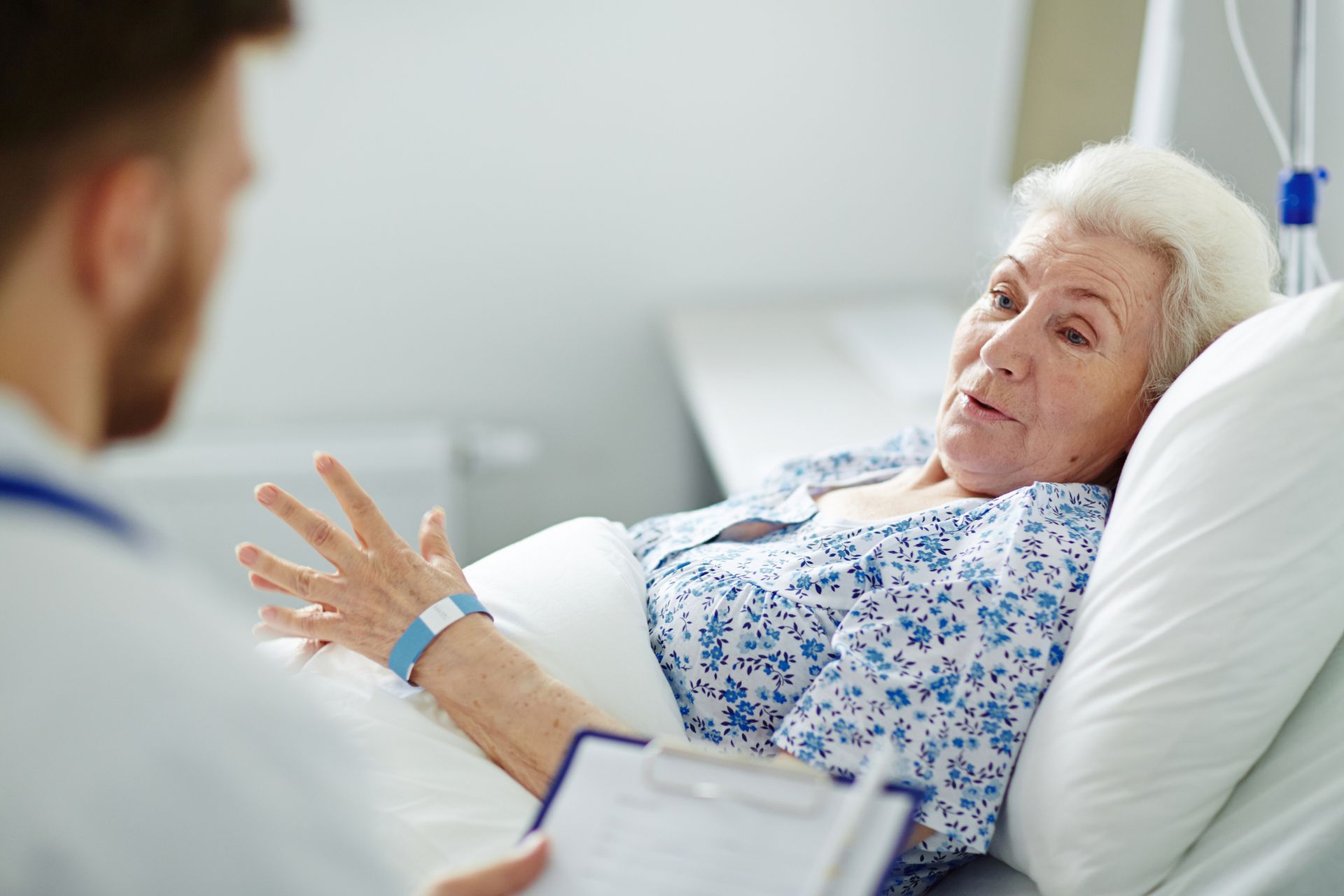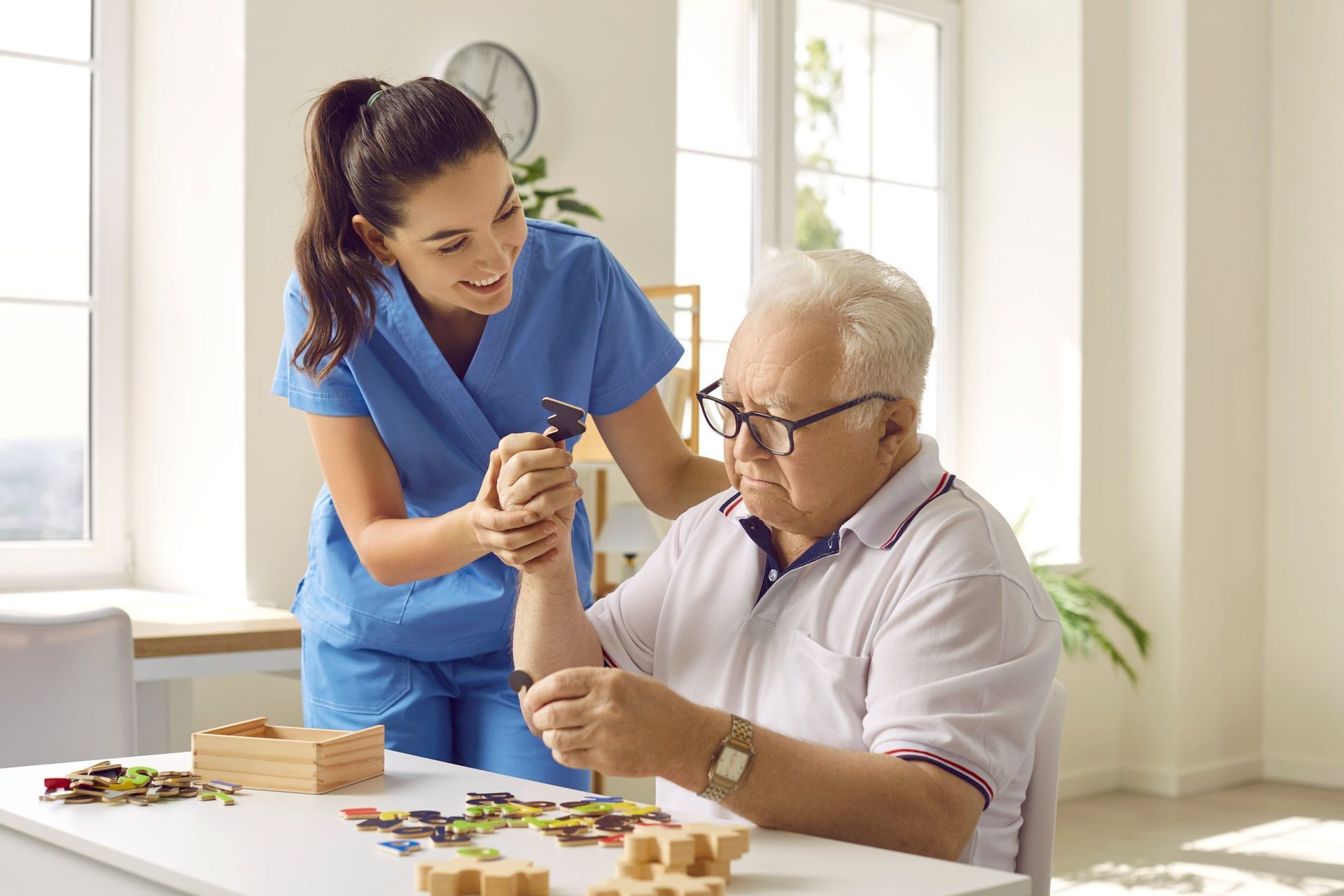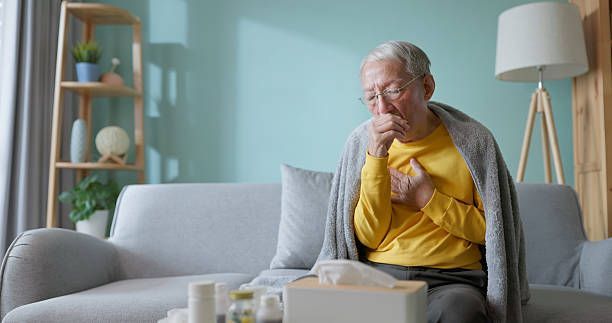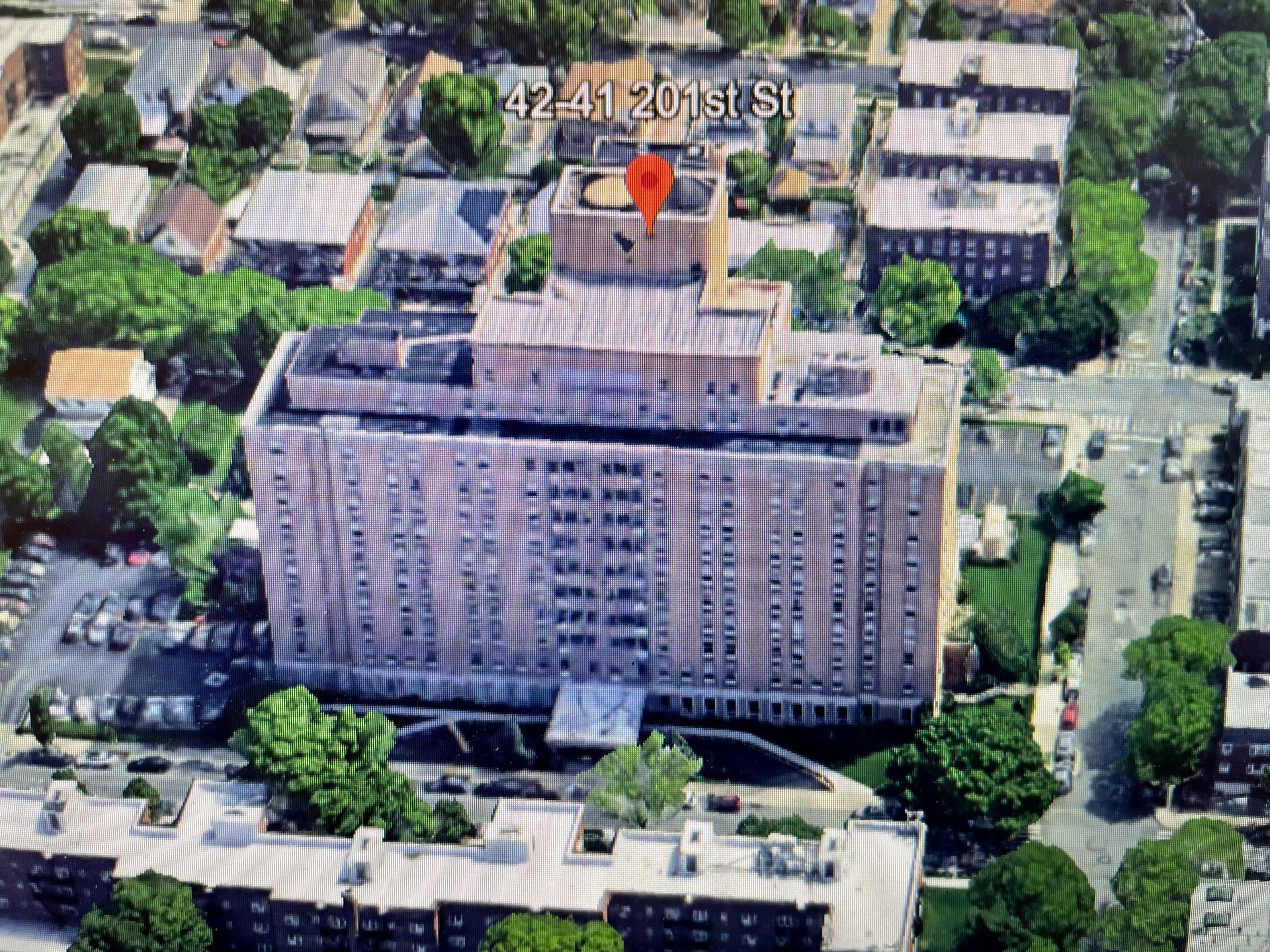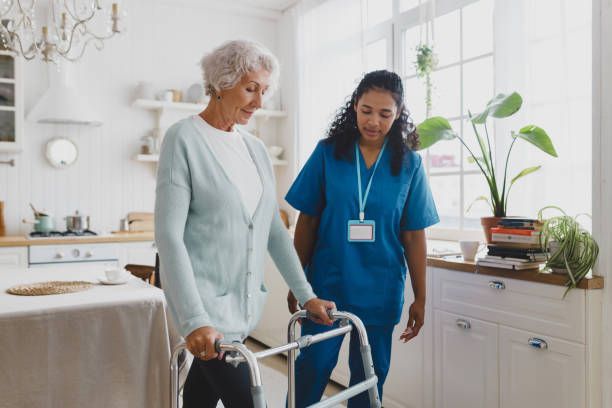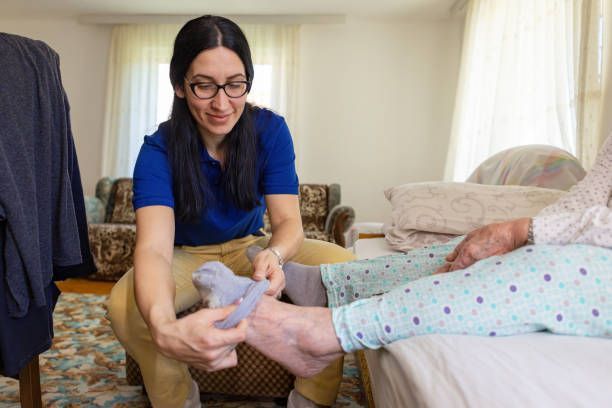How Often Should a Bed Bound Patient Be Repositioned?
How Often Should a Bed Bound Patient Be Repositioned?
At 7 Day Home Care, we understand the unique challenges faced by bed-bound patients and their families, which is why our skilled and experienced home health aides provide invaluable care designed to enhance comfort, safety, and quality of life. Our aides are trained in proper positioning techniques to prevent bedsores, maintain circulation, and ensure patient comfort, as well as in managing hygiene and incontinence with dignity and respect. They excel in monitoring patients’ health for signs of complications and coordinating with healthcare professionals to address any concerns promptly. Beyond physical care, our aides offer emotional support and companionship, fostering a nurturing environment that promotes mental well-being. By entrusting your loved one to the compassionate expertise of our home health aides, families gain peace of mind knowing their loved one receives attentive, personalized care tailored to their needs, all in the comfort of home. 7 Day Home Care is a licensed home care agency near you and provides services in Manhattan, Queens, Brooklyn, Nassau County, and Suffolk County, New York.
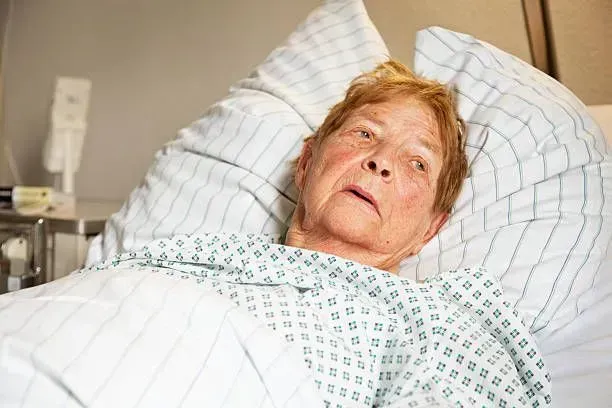
Bed Bound Patient Care at Home
Caring for a bed-bound patient requires attention to detail, compassion, and knowledge of best practices to ensure their health and comfort. One of the most critical aspects of their care is repositioning. Proper repositioning prevents pressure ulcers, improves circulation, and enhances overall well-being. In this article, we will explore the importance of repositioning bed-bound patients, recommended repositioning schedules, and effective techniques to use.
Why Is Repositioning Bed-Bound Patients Important?
Preventing Pressure Ulcers
Pressure ulcers, also known as bedsores, develop when prolonged pressure reduces blood flow to the skin and underlying tissues. These sores can become painful, infected, and lead to severe complications if not managed promptly. Repositioning reduces the risk of developing these ulcers by distributing weight more evenly across the body.
Improving Circulation
Lying in one position for extended periods can hinder proper blood flow. Repositioning helps maintain healthy circulation, which is vital for delivering nutrients and oxygen to tissues and removing waste products.
Maintaining Skin Integrity for Bed Bound Patient
Continuous pressure on the skin can cause damage over time. Regular repositioning helps preserve skin integrity, reducing the chances of tearing or breakdown.
Enhancing Comfort for Bed Bound Patient
Being stuck in one position can lead to discomfort, stiffness, and pain. Repositioning improves comfort levels and helps bed-bound patients feel more relaxed and cared for.
How Often Should a Bed-Bound Patient Be Repositioned?
The general rule is that bed-bound patients should be repositioned every two hours. However, this frequency can vary depending on individual needs, medical conditions, and skin sensitivity. Here are some considerations:
1. Patient’s Health Condition
• High Risk of Pressure Ulcers: Patients at a higher risk of developing pressure sores may need repositioning every hour.
• Low Risk: For patients with good skin integrity and no underlying conditions, repositioning every two to three hours may suffice.
2. Use of Support Surfaces
Specialized mattresses and cushions can redistribute pressure, potentially extending the time between repositioning. However, these tools should never replace regular repositioning.
3. Patient Comfort
If a patient expresses discomfort before the scheduled repositioning time, caregivers should prioritize their needs and adjust accordingly.
Best Practices for Re-positioning Bed-Bound Patients
Re-positioning bed-bound patients is not just about moving them from one side to another; it requires technique and care to ensure safety and effectiveness.
1. Follow a Positioning Schedule
Establishing a consistent schedule is essential. Document each repositioning to track the patient’s condition and ensure no position is overused.
2. Use Proper Techniques
When repositioning, caregivers should:
• Avoid dragging the patient, as this can cause friction and skin tears.
• Use lifting techniques or assistive devices like transfer sheets or slide boards.
• Keep the patient’s body aligned to prevent strain on joints and muscles.
3. Utilize Supportive Devices
Supportive devices can improve the effectiveness of repositioning:
• Pillows: Place pillows under the legs, back, or arms for added support.
• Foam Cushions: Use foam wedges to maintain side-lying positions.
• Heel Protectors: Elevate heels to reduce pressure on the skin.
4. Ensure Skin Care
Each time a patient is repositioned, caregivers should:
• Check for signs of redness, swelling, or sores.
• Keep the skin clean and dry to prevent irritation.
• Apply barrier creams or moisturizers if necessary.
4 Common Repositioning Positions for Bed Bound Patients
1. Supine Position (Lying on the Back)
This is a neutral position where the patient lies flat on their back. While in this position:
• Ensure the head and neck are properly supported.
• Place a pillow under the knees to relieve pressure on the lower back.
2. Side-Lying Position
The patient lies on their left or right side:
• Use pillows to support the back and legs.
• Avoid direct pressure on bony prominences like the hips.
3. Semi-Fowler’s Position
This involves elevating the head of the bed to 30-45 degrees:
• Useful for patients with respiratory issues or difficulty swallowing.
• Support the lower back and knees with pillows.
4. Prone Position (Lying on the Stomach)
Although less commonly used, the prone position can help reduce pressure on the back. It is crucial to monitor breathing and ensure the patient is comfortable.
Signs a Bed-Bound Patient Needs Immediate Repositioning
Caregivers should watch for the following signs that indicate the patient needs to be repositioned urgently:
• Red or discolored skin, especially over bony areas.
• Swelling or pain in specific areas.
• Complaints of discomfort or stiffness.
• Visible moisture, such as sweat, that could irritate the skin.
How to Educate Caregivers and Family Members of Bed Bound Patient
For bed-bound patients receiving care at home, family members and caregivers must be well-informed about repositioning. Here’s how they can learn best practices:
• Training: Attend workshops or consult professional home health aides for hands-on training.
• Guides: Use printed or digital guides with repositioning instructions.
• Checklists: Create daily checklists to ensure all care tasks, including repositioning, are completed.
Role of Professional Home Health Aides in Repositioning Bed Bound Patients
Hiring a professional caregiver can greatly benefit bed-bound patients. Trained home health aides:
• Understand proper repositioning techniques to prevent injury.
• Monitor skin conditions and alert medical professionals if issues arise.
• Provide additional care, such as feeding, bathing, and administering medications.
Repositioning bed-bound patients is a vital aspect of their care, helping to prevent pressure ulcers, maintain skin integrity, and improve overall well-being. While the general recommendation is to reposition every two hours, individual needs should always guide care decisions. By following proper techniques, utilizing support devices, and working with skilled caregivers, families can ensure their loved ones receive the best possible care.
At 7 Day Home Care, we specialize in providing compassionate, professional care for bed-bound patients. Our trained home health aides prioritize safety, comfort, and health, offering peace of mind to families. Contact us today to learn how we can assist with your loved one’s care needs. At 7 Day Home Care, we’re committed to providing the highest quality home care services, designed to meet your family’s unique needs. Call us today at 516-408-0034 or visit our website to learn more.
Brian Callahan
7 Day Home Care
